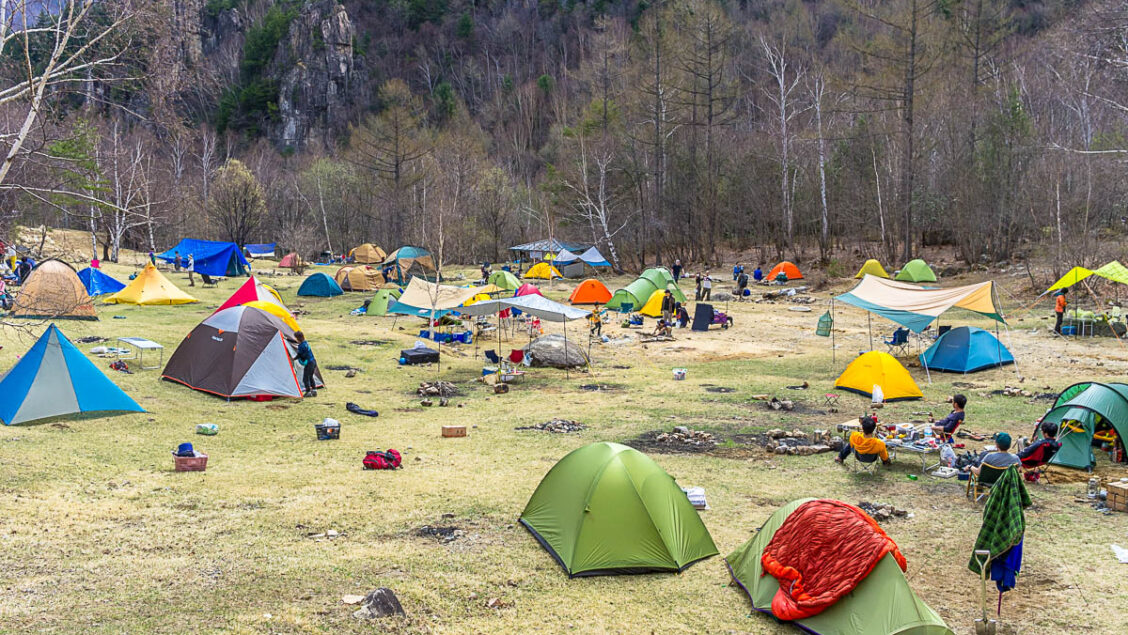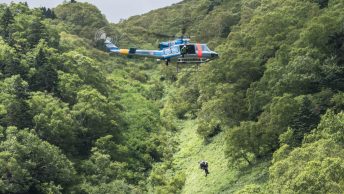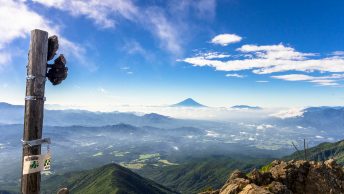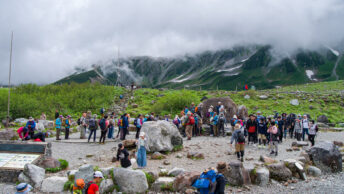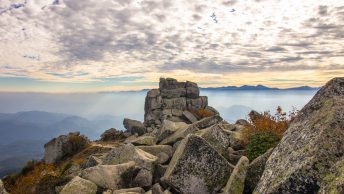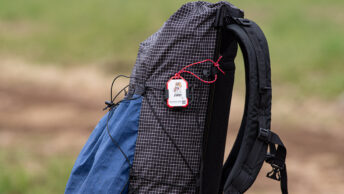Tracking Down Campgrounds Like Pro
There is no shortage of camping locations in Japan in fact there are over 3,000 campgrounds according to this Japan National Tourism Organization (JNTO) travel guide. They can be found in just about every nook and cranny throughout the archipelago from metropolitan Tokyo to far-flung Iriomote Island. Most are owned and managed by public bodies and a good proportion of these campgrounds are either free or cost somewhere in the neighbourhood of 500-1,000 yen per adult per night. In other words, if you’re on a tight budget and don’t mind roughing it a little, campgrounds can be a saviour for getting out and exploring the backroads of the country.
To avoid rehashing previous commentary on this topic I will try and make this post succinct and to the point as possible. Over the years one topic which has gotten more interest than most is places to pitch a tent. This obviously governs a broad range of options from regular campgrounds, mountain-side campsites, wild camping, to urban camping. Most questions however fixate on bog standard campgrounds such as how to find them as well as asking for recommendations. As a consequence, I have decided to write this short how-to guide.
While the following procedure may seem comically simple the purpose is to show just how easy and convenient it has become to track down public and private campgrounds. In fact, it can be encapsulated in two steps.
Step 1:
Google Maps is your best friend. Simply paste キャンプ場 campu-jo (campground) near the location where you’d like to stay and look for prospective camping spots. Let’s say you want to find campgrounds within 100 km of Joetsu in Niigata as one reader recently contacted me about. In this case paste (Joetsu-shi) 上越市キャンプ場 and voilà, a legion of red and white tent icons materialises. Click “Search this area” to refine your search as you reposition the map.
Step 2:
Suppose on the first day you want to cycle say 50 km from Joetsu City and the Daigonji Kogen Camping Ground piques your fancy. All you need to do then is search 大厳寺高原キャンプ場 and Google Translate their website to make sure it’s open and to check the facilities they offer. To help with picking a suitable location Google Maps rates each campground out five stars based on user reviews which are also machine translated.
If you’re camping with a small one or two person tent you should be fine turning up unannounced. In my experience it’s highly unlikely you’ll ever be knocked back. Public campgrounds tend to operate on a first-come, first-served basis so try and arrive at a respectable hour to avoid being hemmed in. During the summer vacation especially the first half of August campgrounds are busy with students and families so steer clear during this period if you can. In the low season from November thru April public campgrounds tend to remain open aside from Japanese New Year (January 1-4) while many private ones shut up shop.
Finally, most campgrounds offer a day rate tariff starting from around mid-morning into the late afternoon where can use the campground facilities such as showers or simply chill-out for the day if it happens to be a nice spot.
